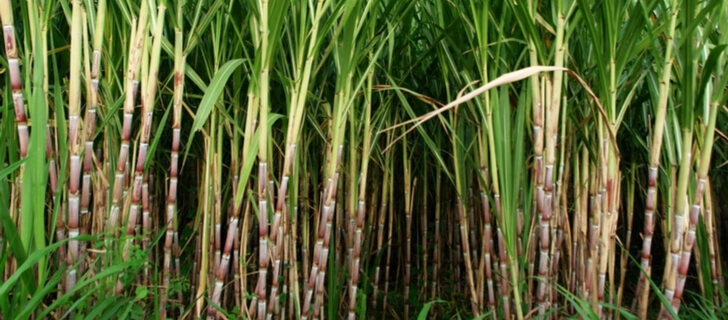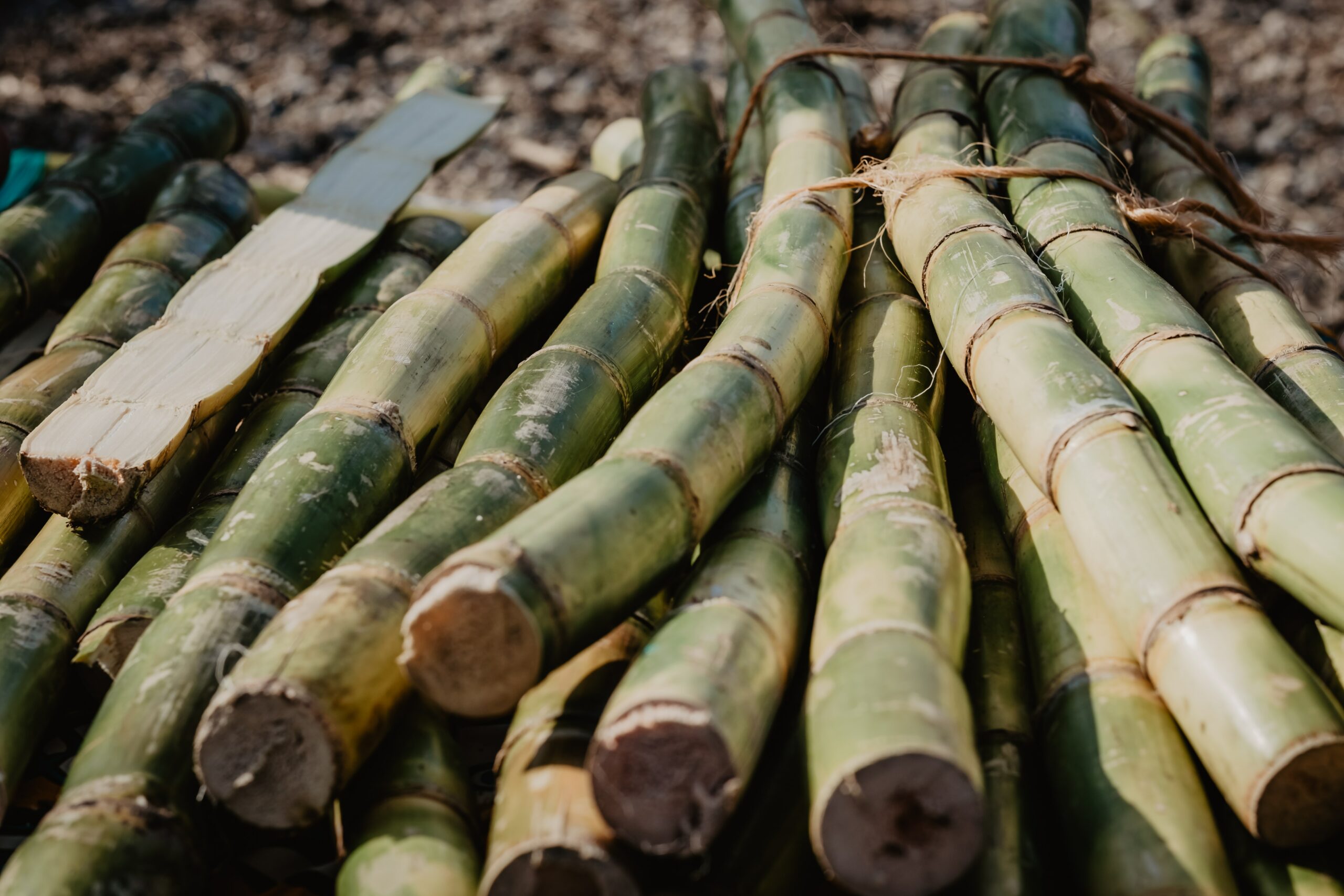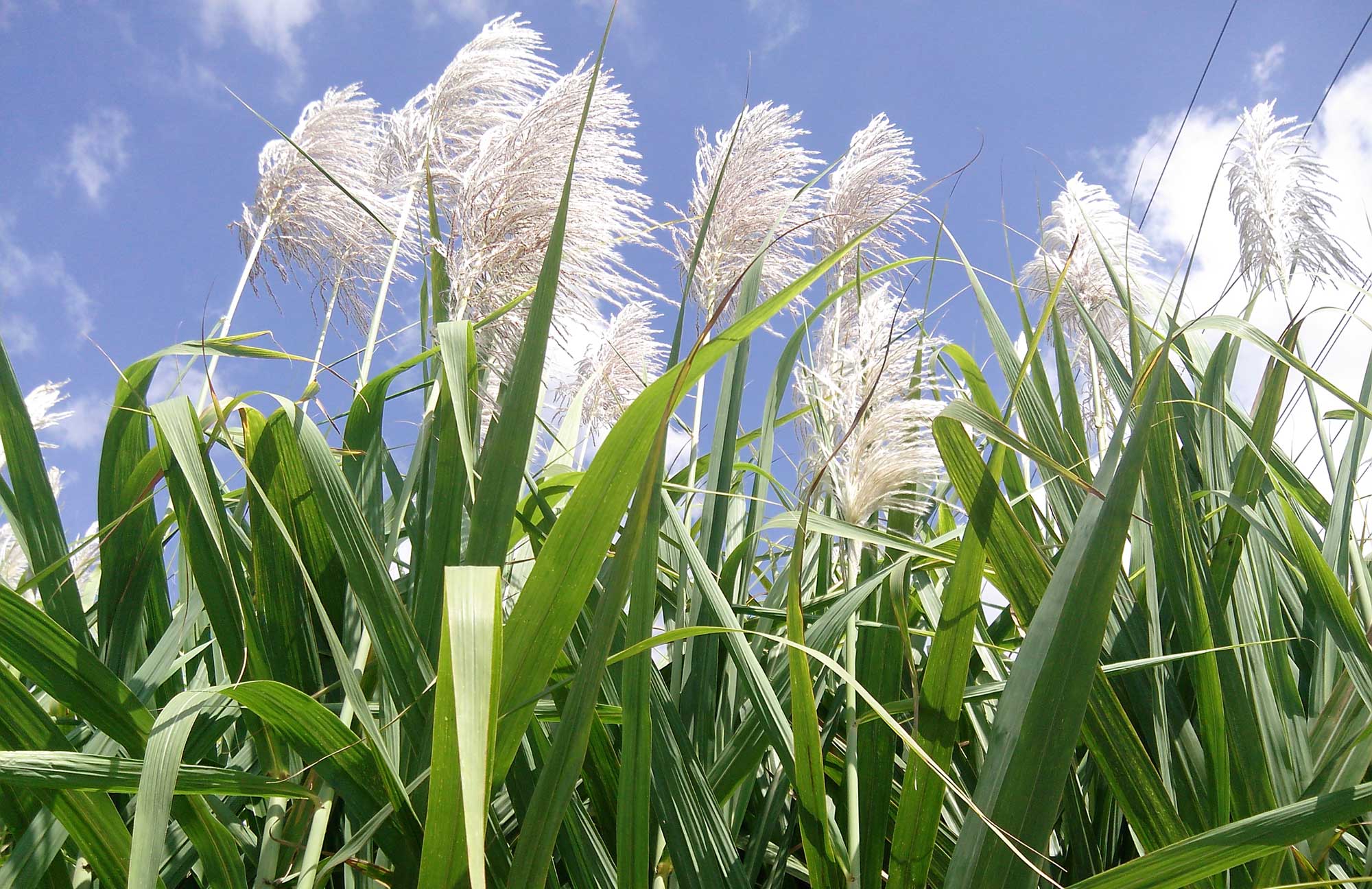Revealing the Value of Sugar Canes: What Are Sugar Canes Made Use Of For in the Walking Stick Sugar Industry?
Sugar walking canes function as the foundation of the walking stick sugar market, largely supplying the raw material required for sugar manufacturing. Their capability to convert sunlight into sucrose through photosynthesis is critical. Beyond their sweetening properties, sugar walking canes find energy in various culinary applications and emerging markets. The full extent of their effect extends past the kitchen area. This conversation will certainly explore the complex duties of sugar walking sticks in both market and economic situation.
The Function of Sugar Canes in Sugar Production
Sugar walking canes act as the foundational resources in the walking stick sugar market, playing a critical duty in the production process. These high, perennial grasses flourish in subtropical and exotic climates, where they absorb sunlight and nutrients to produce sucrose. The harvesting of sugar canes typically takes place when the plants reach maturity, maximizing their sugar content.Once collected, the walking sticks undergo crushing to extract the juice, which contains liquified sugars. This juice is then clarified and concentrated with evaporation, changing it into a syrup. Consequently, condensation occurs, permitting for the separation of sugar crystals from the continuing to be syrup.The extracted sugar undertakes additional refining to achieve the desired pureness and quality - What Are Sugar Canes Used For. As a result, the entire procedure highlights the necessary payment of sugar canes to sugar production, highlighting their value as both a raw material and a driver in the production of walking cane sugar

Diverse Applications in Food and Beverage Market
In the food and beverage industry, sugar cane serves numerous important features. It acts not only as a main sugar in various items yet also as a flavor representative that enhances preference accounts. Additionally, its parts play a significant duty in fermentation and distillation processes, adding to the production of liquors.
Sweetener in Products

The flexibility of walking cane sugar as a sugar makes it a staple in a large variety of food and beverage items. Widely made use of in baked goods, it boosts the taste and appearance of cakes, cookies, and pastries by giving moisture and advertising browning during cooking. In beverages, walking cane sugar is a prominent choice for sweetening juices, teas, and soft drinks, allowing for a well balanced flavor account. In addition, it offers as a crucial ingredient in sauces, sauces, and dressings, contributing to a harmonious blend of tastes. Walking stick sugar's ability to liquify swiftly and its consistent sweetness profile further solidify its duty as a preferred sugar - What Are Sugar Canes Used For. On the whole, its varied applications emphasize the essential duty of cane sugar in the cooking landscape
Flavoring Agent Usage
Making use of walking cane sugar as a flavoring agent expands beyond its function as a plain sugar, enriching a variety of cooking creations. In the food and drink market, it boosts taste accounts by stabilizing acidity and bitterness, making it a crucial part in sauces, dressings, and marinades. In addition, cane sugar adds to the total mouthfeel, offering an enjoyable texture in baked goods and confections. Its caramelization during cooking includes depth to both wonderful and full-flavored dishes, while additionally serving as a chemical in jams and jellies. Furthermore, in beverages, walking cane sugar is utilized to amplify tastes in alcoholic drinks and sodas, making sure a much more enjoyable alcohol consumption experience. This adaptability underscores its significance in diverse culinary applications.
Fermentation and Distillation
Cane sugar plays a substantial function in fermentation and distillation procedures, which are crucial in creating a selection of liquors and food. Throughout fermentation, yeast converts sugars into alcohol and carbon dioxide, an essential action in crafting beverages like rum and vodka. Distillation even more purifies these alcoholic combinations, focusing tastes and increasing alcohol material. Past beverages, walking stick sugar is also essential in generating vinegar and specific food additives through fermentation. The convenience of walking stick sugar boosts the flavor profiles and quality of these items, making it essential in the food and beverage industry. Its contribution not just sustains standard approaches but likewise promotes technology in crafting brand-new tastes and experiences for consumers.
Sugar Canes in Biofuel Production
As passion in renewable resource sources expands, sugar walking sticks are progressively acknowledged for their possibility in biofuel production. The biomass originated from sugar canes can be transformed right into ethanol, a lasting gas alternative that minimizes greenhouse gas exhausts contrasted to fossil gas. This procedure usually entails fermenting the sugar extracted from the walking cane, which is after that distilled to generate high-purity ethanol ideal for use in vehicles.Additionally, sugar walking cane bagasse, the coarse residue left after juice extraction, can be made use of as a feedstock for bioenergy. It can be shed to create vapor and power, adding to energy self-sufficiency in sugar mills. Countries such as Brazil have actually effectively incorporated sugar walking stick biofuel right into their energy policies, resulting in reduced dependence on imported gas - What Are Sugar Canes Used For. Overall, sugar walking canes represent address a promising method for biofuel manufacturing, straightening farming exercise with environmental sustainability goals
Industrial Uses of Sugar Canes
While commonly recognized largely for sugar manufacturing, sugar canes likewise have varied industrial applications that prolong well past the food industry. The fibrous results of sugar cane, known as More Info bagasse, serve as a valuable resource in different markets. Bagasse is generally used as a biofuel, generating energy in sugar mills and various other centers. Additionally, it can be processed right into paper, cardboard, and biodegradable materials, advertising lasting practices.In addition, sugar walking sticks contribute to the manufacturing of molasses, a result made use of in the fermentation process for producing alcohol and yeast. This flexibility makes sugar walking canes essential to the beverage and pharmaceutical industries. Sugar cane essences are used in the cosmetics sector, giving natural ingredients for skincare and beauty products. Overall, the commercial usages of sugar walking canes highlight their significance beyond sugar, showcasing their role in advertising sustainability and sustaining various sectors.
Economic Effect of Sugar Cane Cultivation
The economic effect of sugar walking stick farming is substantial, primarily through work production and export income generation. This market not just provides employment possibility in backwoods but also contributes significantly to national economic climates by means of exports. Recognizing these aspects highlights the important function sugar walking cane plays in both worldwide and neighborhood markets.
Work Production Opportunities
Although typically forgotten, the sugar walking cane sector plays a vital function in work production, substantially impacting neighborhood economic climates. The cultivation, harvesting, and handling of sugar walking cane generate countless job opportunity, from field workers to manufacturing facility team. In several areas, these tasks offer source of incomes for hundreds of families, adding to neighborhood stability and development. In addition, secondary markets such as transport, tools production, and retail advantage from the sugar cane field, more increasing employment alternatives. Seasonal work throughout Get More Information planting and harvest times additionally supports short-lived placements, allowing employees to make earnings in or else lean durations. In general, the sugar cane sector acts as a critical economic engine, fostering task creation and enhancing the quality of life for many people and communities.
Export Profits Generation

Sustainable Practices in Sugar Walking Stick Farming
While typical sugar walking cane farming methods have actually usually resulted in environmental degradation, a growing number of farmers are adopting sustainable approaches that prioritize eco-friendly equilibrium. These practices include plant rotation, which improves soil fertility and minimizes bug outbreaks, and the usage of natural fertilizers to decrease chemical drainage. Furthermore, some farmers are carrying out integrated bug administration approaches, which concentrate on making use of natural predators and biopesticides as opposed to damaging chemicals.Water conservation techniques, such as drip irrigation, are likewise acquiring grip, permitting efficient water usage while keeping crop health and wellness. Several farmers are spending in sustainable power sources, such as biomass from sugar walking stick waste, to power operations and minimize their carbon footprint. These sustainable methods not just protect environments yet likewise enhance the long-term practicality of sugar cane farming, making sure that it can remain to fulfill international sugar needs while reducing ecological effect.
Regularly Asked Concerns
Exactly How Are Sugar Canes Harvested and Processed?
Sugar canes are gathered utilizing manual approaches or mechanical cutters, after that carried to factories. There, they go through cleaning, squashing, and extraction procedures to get juice, which is after that clarified, evaporated, and taken shape into sugar.
What Is the Nutritional Value of Sugar Walking Stick?
The nutritional worth of sugar walking cane consists of carbohydrates, mainly in the form of sucrose, in addition to trace amounts of minerals and vitamins like calcium and potassium. However, it is reduced in protein and fat content overall.
Can Sugar Walking Stick Be Grown in Non-Tropical Regions?
Sugar walking cane can be grown in non-tropical regions, but it needs certain conditions such as ample warmth, moisture, and ideal dirt. Adaptation and cultivation methods are necessary for effective growth outside conventional tropical environments.

What Illness and bugs Affect Sugar Cane Crops?
Pests and conditions substantially impact sugar walking cane crops. Typical hazards include the sugarcane borer, red rot, and mosaic infection, which can decrease yield and top quality, necessitating reliable administration methods to secure these vital agricultural sources.
How Does Sugar Walking Cane Farming Impact Local Communities?
Sugar walking stick farming considerably effects regional neighborhoods by giving employment possibility, advertising economic growth, and sustaining regional companies. Nonetheless, it can also cause ecological problems and social obstacles, impacting neighborhood health and sustainability. Sugar walking sticks serve as the cornerstone of the walking cane sugar sector, primarily supplying the raw material required for sugar production. Sugar canes serve as the fundamental raw material in the walking stick sugar market, playing an essential role in the manufacturing procedure. The harvesting of sugar walking sticks commonly occurs when the plants reach maturity, optimizing their sugar content.Once collected, the walking canes undergo squashing to draw out the juice, which has dissolved sugars. While commonly recognized mostly for sugar production, sugar walking sticks also have diverse industrial applications that extend well past the food market. As worldwide demand for sugar proceeds to increase, countries abundant in sugar walking stick resources take advantage of on this opportunity, exporting raw sugar and refined items to global markets.